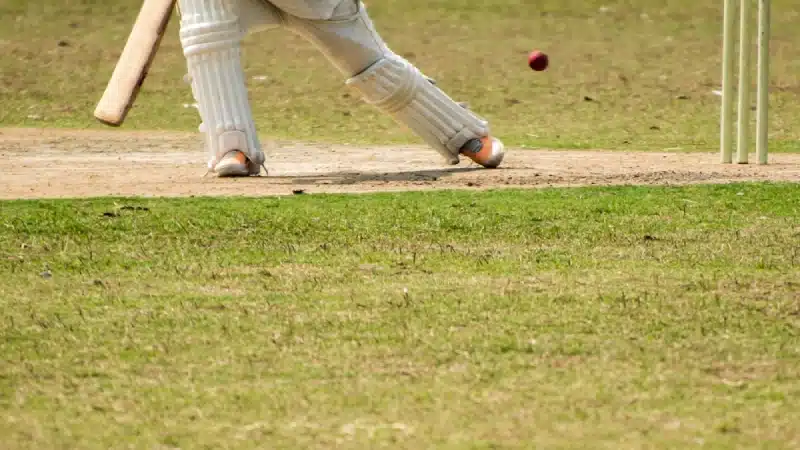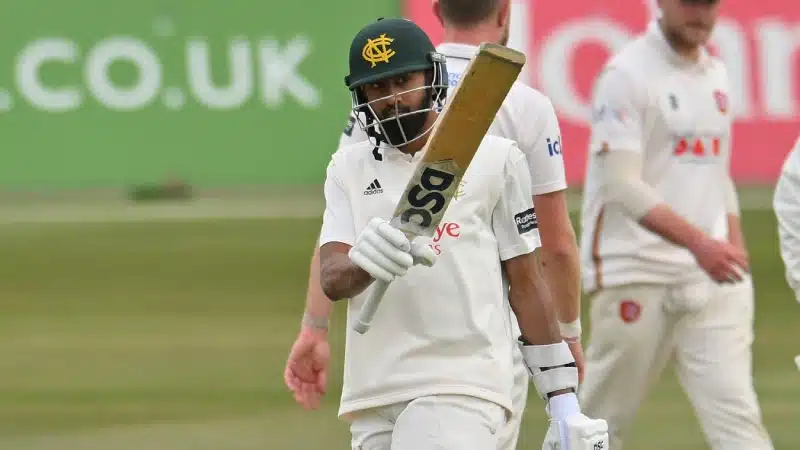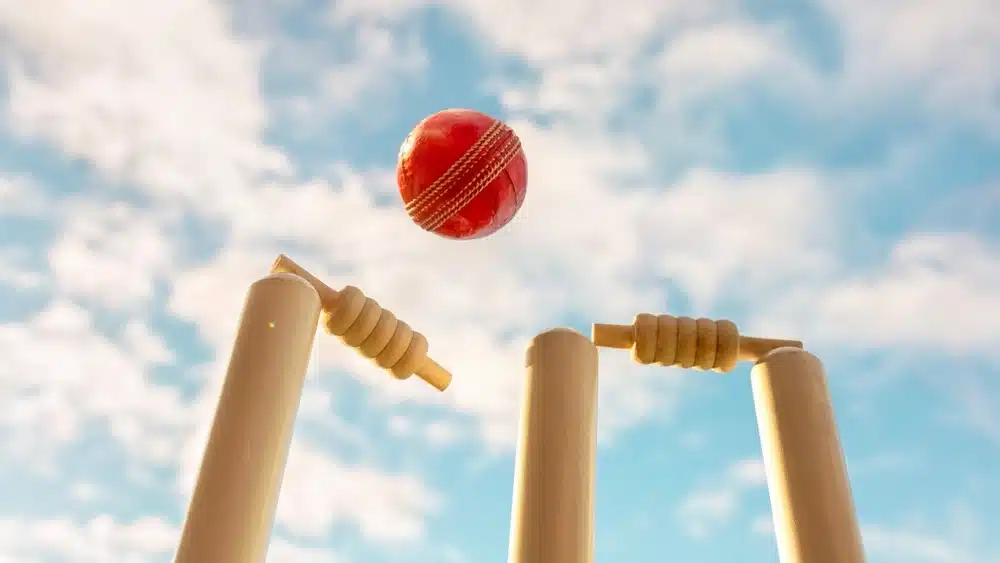
The story of Carlos Brathwaite smashing Ben Stokes for four successive sixes to win the T20 World Cup in 2016 is a thing of the past now. Brathwaite is the current West Indies skipper in the shortest format while Ben Stokes went on to redeem himself in another World Cup final last month. With another T20 World Cup looming next year in Australia, reigning champions West Indies have fallen behind in the race and how!
Since the 2016 event, the Caribbean side has played 35 T20Is, losing 22 of them, a win/loss ratio of 0.5 which is the worst after Sri Lanka, Bangladesh and Ireland. With players preferring T20 leagues over the country, West Indies have probably been denied an opportunity to dish out their best XI every time. This lack of game time together showed at the World Cup in England last month when they thumped Pakistan before losing nine games on the trot.
|
Performance of teams in T20Is since WT20 2016 |
||||
|
Team |
Mat |
Won |
Lost |
Win/Loss |
|
Afghanistan |
23 |
20 |
3 |
6.66 |
|
Pakistan |
37 |
30 |
7 |
4.28 |
|
India |
44 |
28 |
14 |
2.00 |
|
South Africa |
22 |
13 |
8 |
1.62 |
|
Australia |
28 |
16 |
11 |
1.45 |
|
Scotland |
13 |
7 |
5 |
1.40 |
|
England |
22 |
12 |
10 |
1.20 |
|
New Zealand |
25 |
11 |
13 |
0.84 |
|
West Indies |
35 |
11 |
22 |
0.50 |
|
Sri Lanka |
30 |
9 |
20 |
0.45 |
|
Bangladesh |
23 |
6 |
17 |
0.35 |
|
Ireland |
24 |
6 |
17 |
0.35 |
While India, Pakistan and Afghanistan have managed over 20 wins in this time frame, the defending champions have won just 11 and have been a waning force with bat and ball.
What is striking about West Indies’ decline in a format that should ideally suit them is the despicable batting strike rate as a team. The T20 game has progressed beyond raw hitting and brute force, but even as that is still in demand, West Indies have struggled to match up with current trends.
|
Team batting strike rates in T20Is since WT20 2016 |
|||||
|
Team |
Mat |
Ave |
Strike Rate |
100s |
50s |
|
New Zealand |
25 |
24.64 |
139.02 |
4 |
19 |
|
India |
44 |
32.15 |
138.46 |
5 |
32 |
|
South Africa |
22 |
26.53 |
137.41 |
1 |
19 |
|
Australia |
28 |
25.59 |
134.8 |
4 |
15 |
|
England |
22 |
24.43 |
134.25 |
0 |
18 |
|
Afghanistan |
23 |
25.11 |
133.24 |
1 |
11 |
|
Pakistan |
37 |
29.13 |
131.31 |
0 |
25 |
|
Ireland |
24 |
19.67 |
130.78 |
0 |
17 |
|
Sri Lanka |
30 |
18.25 |
125.96 |
0 |
22 |
|
Bangladesh |
23 |
19.44 |
125.25 |
0 |
12 |
|
West Indies |
35 |
18.12 |
117.25 |
2 |
13 |
Their batting strike and average are the worst for any team in this time period. The lack of telling contributions from individuals is evident when you see that they have scored only two hundreds and 13 half-centuries as an entire team in these three years. The batting strike rate of 117.25 and average of 18.12 is a far cry from that of the top teams – New Zealand and India.
But batting alone hasn’t been West Indies’ Achilles Heel. The bowling has been deplorable as well and their numbers ooze very little confidence. Kesrick Williams with 30 wickets and Carlos Brathwaite with 26 wickets are their top wicket-takers in this time frame but the former isn’t even part of the setup now.
|
Team bowling averages in T20Is since WT20 2016 |
||||||
|
Team |
Mat |
Wkts |
Bowl avg |
Econ |
SR |
4-plus wkt hauls |
|
Afghanistan |
23 |
151 |
20.7 |
7.32 |
16.9 |
7 |
|
Pakistan |
37 |
235 |
20.9 |
7.08 |
17.7 |
3 |
|
South Africa |
22 |
149 |
21.5 |
8.11 |
15.9 |
6 |
|
Australia |
28 |
179 |
22.4 |
7.88 |
17 |
3 |
|
India |
44 |
273 |
23.7 |
7.84 |
18.1 |
10 |
|
New Zealand |
25 |
146 |
25.5 |
8.44 |
18.1 |
1 |
|
England |
22 |
129 |
25.9 |
8.17 |
19 |
4 |
|
West Indies |
35 |
178 |
28.5 |
8.14 |
21 |
3 |
|
Bangladesh |
23 |
123 |
30.4 |
8.81 |
20.7 |
2 |
|
Ireland |
24 |
130 |
30.5 |
8.95 |
20.4 |
6 |
|
Sri Lanka |
30 |
153 |
31.9 |
8.54 |
22.4 |
2 |
The team bowling average lurks just below 30 and the economy is well above 8. Once again, the lack of a telling T20 bowler is evident in West Indies’ declining bowling returns.
West Indies have conceded the T20I series against India already. In their last eight T20I series’, West Indies have only won two and with the World T20 looming, the future looks bleak for the Men in Maroon.
Feature image courtesy: AFP / Lindsey Parnaby




















